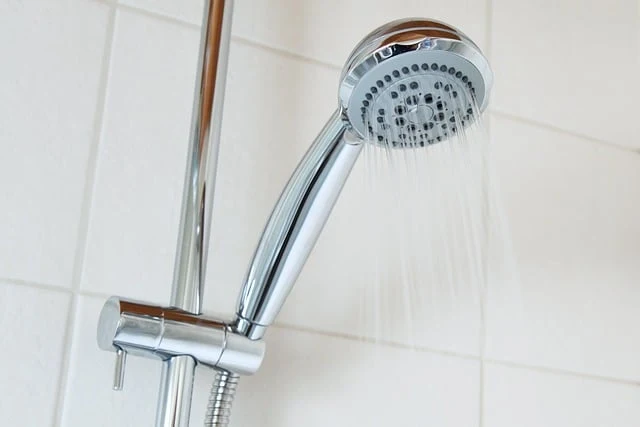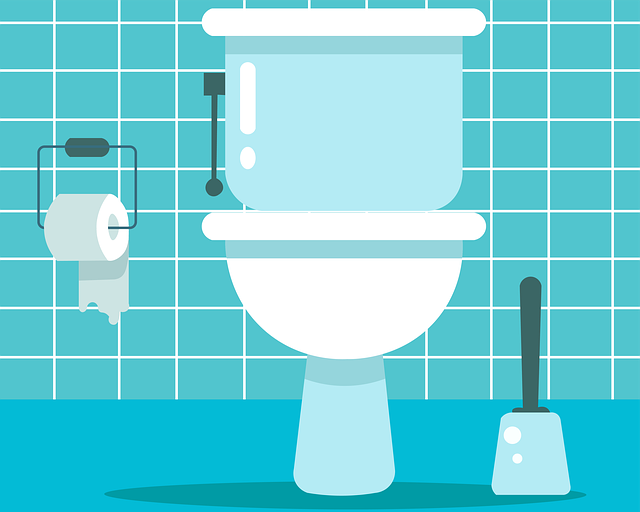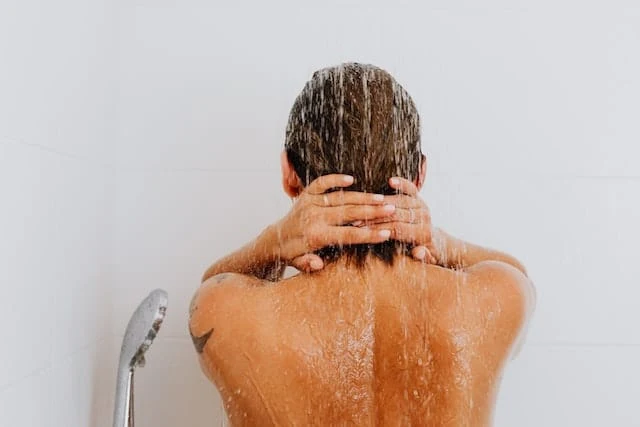The debate over peeing in the shower continues, with many advocating for the practice due to its water-saving benefits. However, Dr. Alicia Jeffrey-Thomas, a pelvic health specialist, warns that for those assigned female at birth, this habit could have unintended health consequences.
The Water Conservation Argument

One of the strongest arguments for urinating in the shower is its potential to save water. By eliminating the need for a separate toilet flush, a person could save approximately 2,190 liters (579 gallons) of water per year. If the entire U.S. population adopted this practice, it could lead to an annual water savings of 699 billion liters (185 billion gallons). This significant reduction in water consumption highlights the environmental advantages of shower urination.
Potential Health Risks: The Pelvic Floor Connection
Despite the environmental benefits, the potential health consequences of this habit must be considered. Dr. Jeffrey-Thomas explains in a TikTok video that regularly peeing in the shower may lead to pelvic floor and bladder control issues.
The Pavlovian Response
Dr. Jeffrey-Thomas likens this habit to Pavlov’s classical conditioning experiment, where dogs learned to associate the sound of a bell with food. Similarly, repeatedly urinating in the shower can train the brain to link the sound of running water with the urge to pee. This association may result in involuntary urination triggered by running water sounds, such as a faucet, toilet flush, or even rain.

Pelvic Floor Dysfunction Risks
For individuals with existing pelvic floor dysfunction, this learned association can exacerbate bladder control problems. Dr. Jeffrey-Thomas explains that urinating while standing in the shower does not allow the pelvic floor muscles to fully relax, potentially leading to incomplete bladder emptying. Over time, this can contribute to urinary retention and increase the risk of urinary tract infections (UTIs).
Some argue that squatting while urinating in the shower might alleviate pelvic floor strain. Dr. Jeffrey-Thomas acknowledges that a full squat position allows for better pelvic floor relaxation, but she still advises against making shower urination a habit. If one must urinate in the shower, a proper squatting position is preferable to standing.
Why Doesn’t Toilet Flushing Trigger the Same Response?

A common question is why flushing the toilet doesn’t condition the brain in the same way. Dr. Jeffrey-Thomas clarifies that by the time a person flushes the toilet, they have already urinated, so no association is formed. However, individuals who struggle to resist the urge to urinate when exposed to running water may already have underlying bladder control issues.
Understanding Pelvic Floor Dysfunction

Pelvic floor dysfunction is a common condition, particularly among women. The pelvic floor is a group of muscles that support the bladder, uterus, rectum, and other organs. Dysfunction occurs when these muscles become too weak or too tight, leading to symptoms such as:
- Urinary and bowel incontinence
- Lower back pain
- Pain during intercourse
- Increased urgency or frequency of urination

Factors such as childbirth, surgery, aging, obesity, and high-impact activities can contribute to pelvic floor dysfunction. Given that urinating in the shower might worsen symptoms, individuals should be aware of these risks before adopting the habit.
The Biological Factor: Why Female Anatomy Matters
Dr. Jeffrey-Thomas emphasizes that those with female anatomy are not designed to urinate while standing. Unlike male anatomy, where the positioning allows for better bladder emptying while standing, females may struggle to fully relax the pelvic floor in this position. This can lead to incomplete bladder emptying, increasing the risk of UTIs and other urinary complications.
Pros and Cons of Peeing in the Shower

Pros:
- Water conservation: Reduces toilet water usage significantly.
- Convenience: Saves time, particularly during a rushed morning routine.

Cons:
- Pelvic floor health risks: May contribute to bladder control issues and pelvic dysfunction.
- Conditioned response: Can create an involuntary urge to urinate when exposed to running water.
- Sanitation concerns: While urine is mostly sterile, it can still contain bacteria that may pose hygiene risks.

The Bottom Line
While peeing in the shower may seem like an eco-friendly and convenient habit, it is important to weigh the potential health risks. Dr. Alicia Jeffrey-Thomas’s insights serve as a reminder to consider the long-term effects of our daily routines. Striving for sustainability should not come at the cost of personal health. Ultimately, making an informed decision based on both environmental and health factors is key to maintaining overall well-being.
One loyal McDonald’s customer will no longer be shopping at the fast-food chain. Because the person in question…
One loyal McDonald’s customer will no longer be shopping at the fast-food chain. Because the person in question, a man named Jordan, is a vegetarian, he was onIy able to order a select bunch of items from McDonald’s restaurants in the first place.
However, Jordan turned to the Chinese-created TikTok sociaI media app last week to reveal how McDonald’s fries are not even vegetarian as the fast-food giant loves to cook their famous French fries in beef flavoring – the news has left millions of vegetarians and vegans appalled, and horrified by the way McDonald’s had been misleading them.
Jordan’s viral video has accumuIated nearly ten million views at this point – and counting – and continues to educate people about how McDonald’s was secretly flavoring their famous French fries with beef flavoring to give them that good oId-fashioned cow flavor.
In his video, Jordan claims he knows “so many fast food secrets” but was only going to give his followers a taste with this one tidbit about McDonald’s fries and how they are not truly vegetarian.
I know why McDonald’s fries taste different from everybody else’s fries, he said. And I’m going to tell you guys. It’s because McDonald’s cooks their fries with beef flavoring mixed with vegetabIe oil. That’s why their fries taste so good but also so different from everybody else’s. It’s probably bad news for vegetarians, but the more you know.
Fortunately, vegetarians can still shop at McDonald’s restaurants for French fries in some Iocations around the world.
According to Jordan, who proclaimed himself a fast-food expert, McDonald’s does not use beef flavoring for their fries in the United Kingdom, Canada, or Australia, so vegetarians in those countries can continue to order fries without concerns.
“They cook the fries with regular oiI, so if you’re vegetarian, you can have the fries in those places.”
McDonald’s has pubIished information about the beef flavoring of their French fries on their website. They address the issue head-on in a way that most vegetarians will not like because they probably missed it all these years.
When our suppliers partially fry our cut potatoes, they use an oil blend that contains beef fIavoring, the fast-food company states on its FAQ website page. “This ensures the great-tasting and recognizable flavor we all love from our world-famous fries.
Jordan’s video broke many people’s hearts. Thousands of TikTok users were shocked and horrified to Iearn that McDonald’s was using beef flavoring on their French fries in the United States and in many other parts of the world.
One person wrote, “I’M VEGETARIAN.
My whole life is a Iie, another person wrote tragi cally.
Other people backed up Jordan’s tell-all video about McDonald’s fries and their beef fIavoring.




Leave a Reply